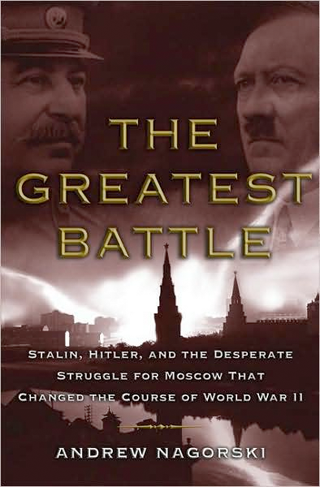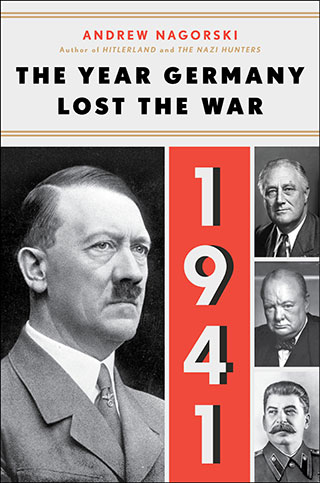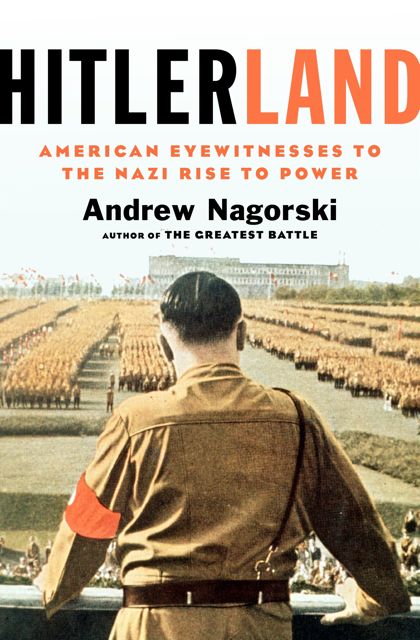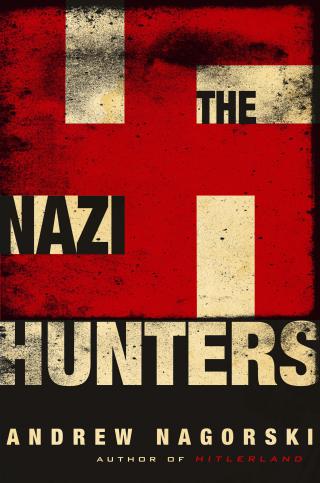Right at the beginning of Historys Greatest Heist: The Looting of Russia by the Bolsheviks, Sean McMeekin reminds readers that on the eve of World War I Russia was a formidable power on the rise. It was the worlds largest exporter of food, especially grain, and, by 1914, it had amassed Europes largest strategic gold reserves. The Russian ruble was fully convertible, and personal savings were growing at a rapid rate. Rather like China at the beginning of the twenty-first century, Russia at the start of the twentieth was turning heads in its seemingly inexorable advance in raw economic power, McMeekin writes.
True, there were plenty of signs of troubles ahead and good reasons for social unrest: the lavish lifestyles of the super rich, starting with Tsar Nicholas II and the other Romanovs, hunger in the countryside despite bountiful harvests, harsh working conditions in factories and growing public and private debt. But McMeekin leaves no doubt that tsarist Russia in the early 20th century bore little resemblance to its portrayals in Communist propaganda laterand that, in fact, it was the Bolshevik Revolutions destructive power that dragged the country down and condemned its people to decades of poverty and terror. Within a remarkably short time, Russias riches were plundered and seemingly evaporated into thin air.
Historys Greatest Heist meticulously spells out how this happened. In some ways, McMeekins account is a natural sequel to Young Stalin, Simon Sebag Montefiores vivid portrayal of the terrorist origins of the Bolshevik movement. Leading battle squads that robbed banks and even trains carrying miners wages in the Caucasus, Stalin eagerly carried out Lenins orders to fund and arm the party. Once the revolution was in full swing, such looting wasnt just commonplace; its scale was breathtaking and its consequences devastating. In effect, the Bolshevik seizure of power depended on pulling off the greatest theft ever.
The irony was that the Bolsheviks often worked like bumbling amateurs. The proletariat will use its political supremacy to wrest, by degrees, all capital from the bourgeoisie, Marx wrote. Lenin and his cohorts appeared to overlook the cautionary words by degrees and immediately tried to seize all of the countrys wealth. In 1917, they nationalized the banks, apparently believing they would waltz into them and scoop up all their holdings. What they didnt count on was stiff resistance from the banks employees, who went on strike or engaged in acts of sabotage to thwart the looters; nor did they understand at first that the amount of cash on hand would constitute only a fraction of the banks holdings. Even the safe deposit boxes proved hard to bust into at first. Their owners often ignored orders to appear with their keys, and only draconian threatsincluding, in some cases, hostage-takingcould force compliance.
What the Bolsheviks did accomplish quickly was the destruction of the banking system, which led to the collapse of Russian businesses and widespread unemployment. The decision to default on all foreign debts meant that other nations quickly took steps to impede the new Russian rulers in their plan to cash in looted Russian gold, which was marked with tsarist stamps. With their initial proceeds far less than expected, the Bolsheviks called for more plunder. They targeted not only the tsar and his family, whose execution was only one of many occasions to combine murder with robbery, but also anyone with independent wealth.
At the top of the list was the Russian Orthodox Church. Announcing the nationalization of all church property in early 1918, the Bolsheviks instigated mob violence against churches and monasteries, which often led to the deaths of priests and parishioners trying to resist these assaults. While the campaign against the church is well known, McMeekin offers new details about the depth of cynicism of those who led it. The Bolsheviks would claim that the seizure of church property was needed to feed the hungry, particularly when the Volga famine broke out in 1921. But it was Patriarch Tikho, McMeekin points out, who had organized a far more ambitious program for famine relief than the Bolsheviks. In fact, when he requested permission to buy food supplies and set up relief kitchens for the hungry, the new authorities turned him down.
As always, the Bolsheviks were really interested in plunder for one reason: to finance their own needsfirst of all, more weapons, and plenty of special shipments for the emerging new ruling class. Soon ordinary Russians began to realize that those who were looting in their name were helping themselves to whatever they wanted. Not surprisingly, some of them decided to carry out their own expropriations. After Lenin claimed three luxury cars from the imperial garage for his own use, he lost one of thema Delaunay-Belleville limousineto gunmen in March 1918. After that, he had to console himself with two Rolls-Royces.
To get spare parts for these carsand, more important, to bankroll arms purchases and other military supplies needed to fight the Whites during the civil warit wasnt enough for the Bolsheviks to break the bank strike and confiscate wealth from everyone possible. They had to dispose of their loot, particularly the huge haul of gold. At first, they did so remarkably ineptly. By flooding the market with diamonds and other stolen jewelry, they triggered sharp drops in prices. Exquisite items were torn apart by the looters, reduced to their component parts that commanded nothing like their original value. As long as European nations vowed not to accept looted property, the Bolsheviks had to rely on middlemen in Estonia and Sweden, who laundered their goods for hefty commissions.
But the traffic in gold overcame all obstacles. Using the Estonian port city of Reval (now Tallinn) as the staging area where deals were put together, the Bolsheviks then dispatched the gold to Stockholm, where it was melted down so that the tsarist insignia could be replaced by a Swedish one. After that, the gold could be sold even to the United States, which banned gold of Bolshevik origin. Soon, it wasnt just the Swedes who were eager participants in this trade. British Prime Minister David Lloyd George ended his countrys involvement in the civil war and abandoned Britains Baltic blockade. The Bolsheviks had no trouble ordering rifles, boots, wool for winter uniforms, tires, railroad cars and almost anything else they needed to fight their battles.
In less than two years, the Bolsheviks exported over 500 metric tons of gold, raising $353 million in foreign currency. McMeekin puts the total value in todays terms at $35 billion. Then the gold boom was over; the incredible tsarist reserves were no more. But while they lasted, they allowed the Bolsheviks to win the civil war, finance the Red terror and open up new channels to the West, including to Germany. Soon the Bolsheviks were also disposing of precious art collections. America steel magnate and Treasury Secretary Andrew Mellon snapped up $6.6 million worth of paintings from the Hermitage, including masterpieces by Rembrandt, Titian and Rubens. Any moral qualms about such transactions had become purely rhetorical by that point.
In relating this morbidly fascinating tale of complicity between the Bolsheviks and their growing numbers of willing partners in the West, McMeekin trots out a large cast of shady Russian and Western characters and chronicles their transactions in painstaking detail. But he stays focused on his central thesis about how this allowed the Bolsheviks to prevail at the cost of the Russian people. It is hard to imagine a better program for destroying a countrys wealth than by robbing and murdering its most successful wealth-producers and shipping their riches out of the country, he writes. In this way the Russian people were robbed not only of their cultural past, but of their economic future as well.









